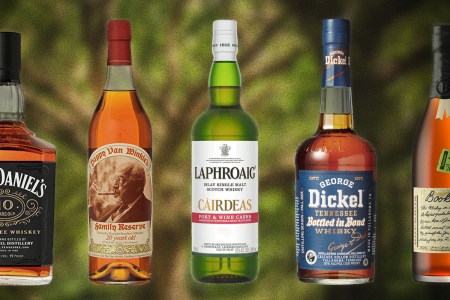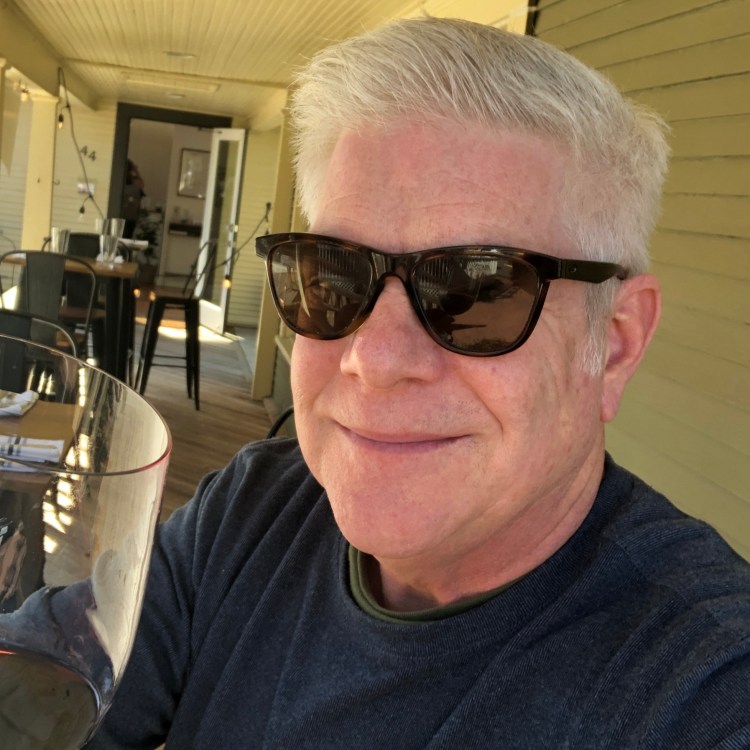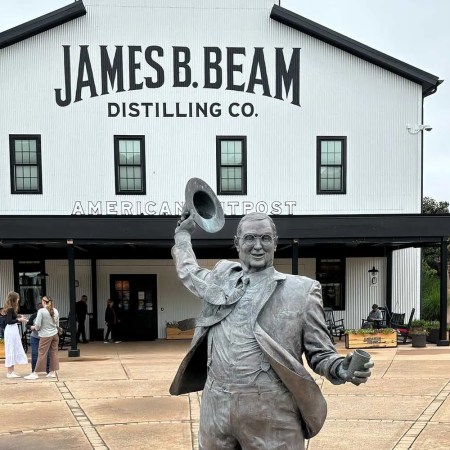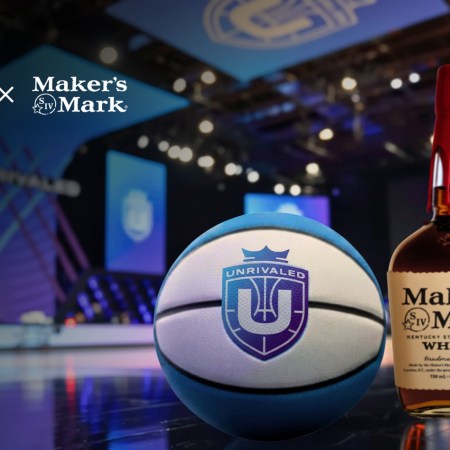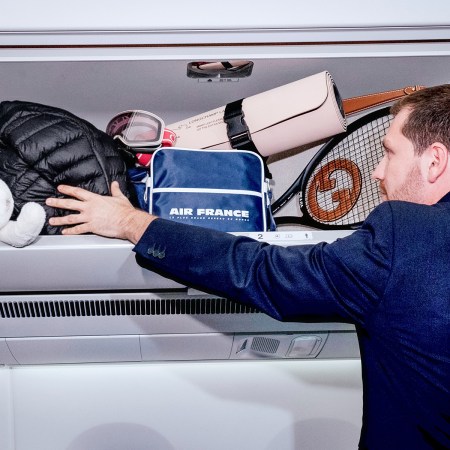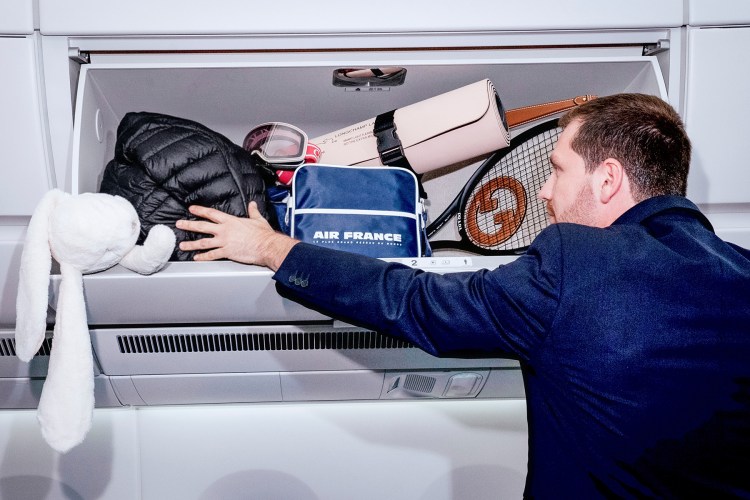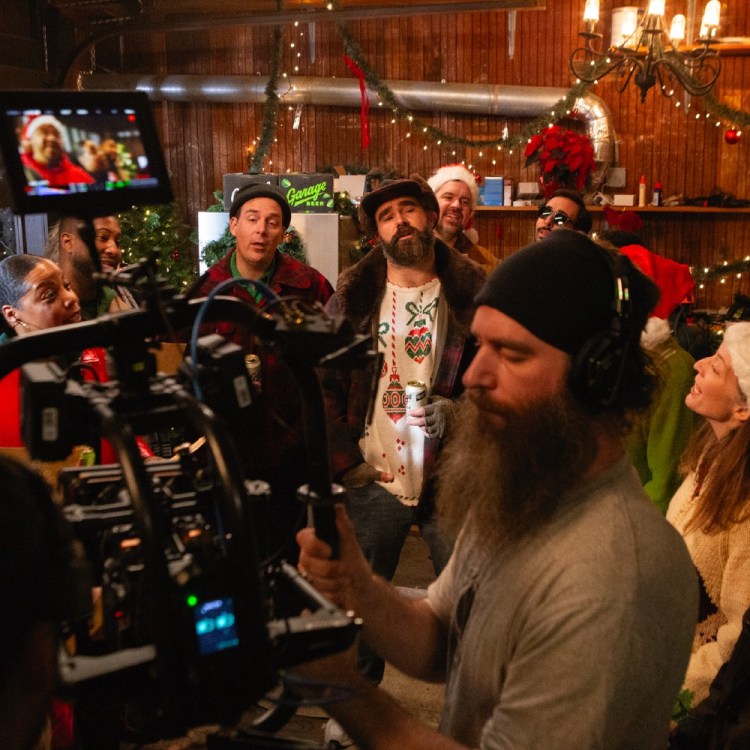It’s happened to all of us: A friend recommends an amazing new bourbon, or you read a tantalizing article about a unique new release. Innocently, you wander into the local potions shop and request a bottle. The person behind the counter stifles a laugh and says, “Oh, that was heavily allocated, sold out instantly, and is now worth $3,000 and a kidney on the secondary market.” What started as an optimistic adventure can end in frustration and embarrassment.
So, let’s figure out what allocated whiskey is all about.
What is allocated bourbon?
It’s a term applied to everything from the hottest fashions to heirloom fruit. In general, if more people want to buy a specific bourbon than is available, it might get strategically distributed to maximize sales (as opposed to stacking it on a street corner, lemonade stand-style, and hoping people will come to you). But like so many terms in the bourbon world—think “small batch” and “handcrafted”—there is no legal definition, and it can mean different things to different people.
“For producers, a brand goes on allocation when we don’t have sufficient supply to meet consumer demand,” says Andrew Duncan, global director of American whiskey at Buffalo Trace Distillery, which is operated by the Sazerac Company. The company owns and makes some of the most coveted whiskeys in the world, including more affordable labels like Colonel E.H. Taylor Jr., 1792 and Buffalo Trace, to hard-to-find bottles like Eagle Rare, O.F.C, Blanton’s, Weller (all of which were once thought of as some of the best everyday bourbon), and that unicorn of unicorns, Pappy Van Winkle. Almost every straight bourbon label Sazerac / Buffalo Trace sells is allocated, according to the company.
It’s helpful to remember that the American liquor supply chain still works under a legally mandated three-tier system dating back to the end of Prohibition. Producers make the stuff, sell it to regional distributors and distributors sell what they have to bars, restaurants and retail stores. Each tier operates — guided by strict federal and state laws — as a distinct entity in the process, and each has different strategies for selling its product.
The Best Everyday Bourbons to Drink Right Now
Cheers to American whiskey that’s versatile, modestly priced and readily availableFor Sazerac, “We will look at a brand for possible allocation because it allows us to be as fair and equitable as possible, and to get it to more places,” says Duncan. This situation has magnified as bourbon has witnessed increasing international interest over the past two decades. Markets keep expanding, but distillers can only make so much whiskey.
For regional distributors, it’s a different story: They’ve purchased their allocation from the producers and now must re-sell it to bars and liquor stores. This can be challenging when you’re trying to please all your clients and expand your territory, but it’s also a powerful negotiating tool to attract the best retailers or (reportedly) to bundle the good stuff with less popular product that might be a more difficult sell.
“Each distributor is different, and every state has a different set of laws on how a distributor can distribute their limited goods,” says Rob Bralow, general manager of Blue Streak Wines & Spirits in Long Island City, Queens. “The state of New York requires any product—bourbon, Sancerre, vodka—to be distributed ‘fairly.’ That gives the distributor some leeway: some products are allocated based on the sale of other products in the same family. Some are first-come, first-served by calling in on ‘call-in day.’ Some are based on if you had purchased it in the past. Navigating all this requires attention to detail.”
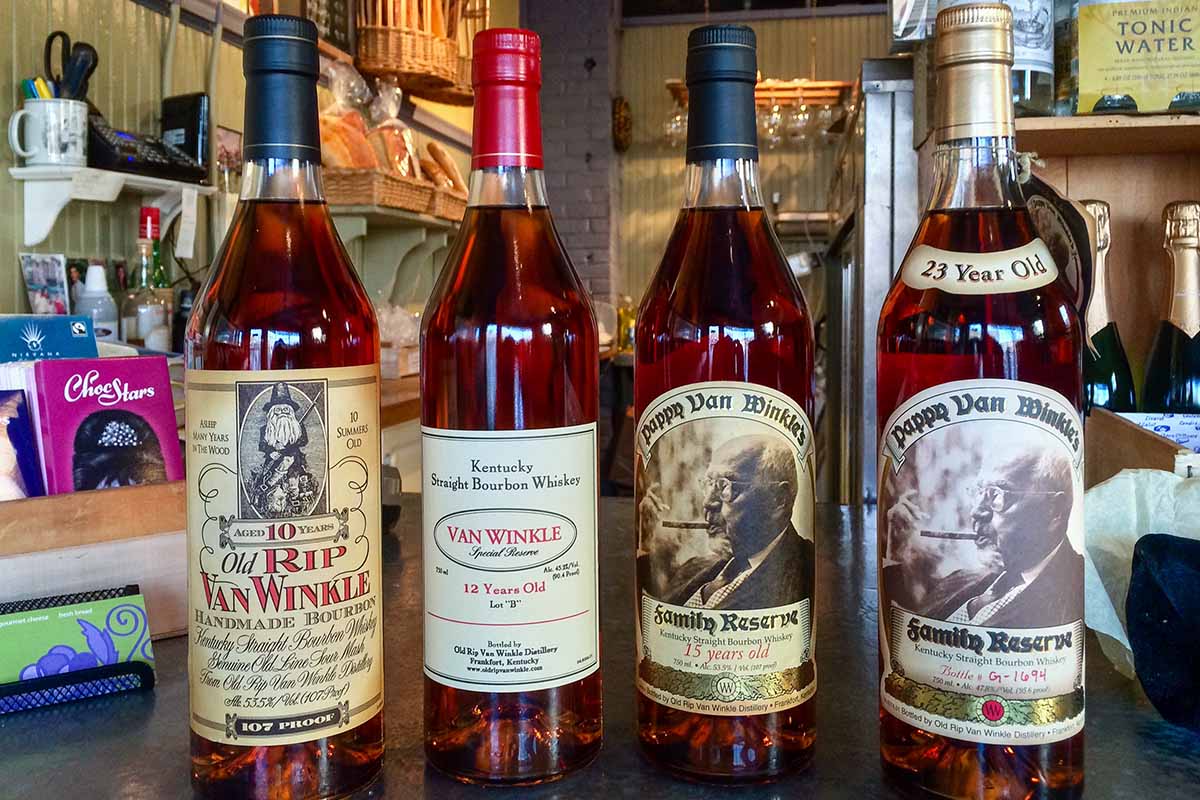
The final twist is that retailers can charge whatever they want for these hard-to-get spirits once they have them. A bottle of Pappy Van Winkle’s Family Reserve Bourbon 23-Year actually has a manufacturer’s suggested retail price of $300 (meaning Sazerac sold its inventory to distributors for significantly less than that). But you’re unlikely to ever find it on a store shelf or website for under $5,000. “We can’t dictate pricing to the distributor or customer, legally,” says Duncan. “When you see it at an inflated price point, it’s now at a place we didn’t design it to be.”
I’ve spoken with retailers who are perfectly comfortable charging thousands for a $300 bottle of whiskey because that’s what the market bears. But Bralow says, thanks to social media, that strategy can backfire. “Because the Internet is so anonymous, retailers that enter the community with secondary-priced allocated bottles are mercilessly attacked for their pricing. So I do a lot of work to make sure my prices are fair, and the community trusts me to bring them the newest offerings, well-priced.”
When Can You Buy This Year’s Pappy? Consult Our Whiskey Release Schedule.
Behold, the release dates for all your favorite rare and limited-edition bottles, including Buffalo Trace, Booker’s and PappyHow has allocation changed in recent years?
An interesting thing about allocated bourbons: What’s hard to come by now may have been significantly easier to find in the past, and vice versa. Trey Zoeller, the brains behind Jefferson’s Reserve and Jefferson’s Ocean bourbons, recalls being at whiskey festivals alongside PVW founder Julian Van Winkle in the 1990s and early 2000s. “He and I remember we couldn’t give the extra-aged stuff away,” he says. “In those days, Rebel Yell was putting 12-year-bourbon in their whiskey and selling it for $7.99.”
Joe Magliocco, founder and president of Michter’s Whiskey, tells a similar tale. He and his business partner Steve Ziegler purchased the brand name (then a defunct Pennsylvania whiskey), and over the past 35 years have transformed it into a popular global brand that often sells well above its suggested retail price: Michter’s 20-Year Bourbon has an SRP of $1,200, for example, but retails for as much as $5,000.
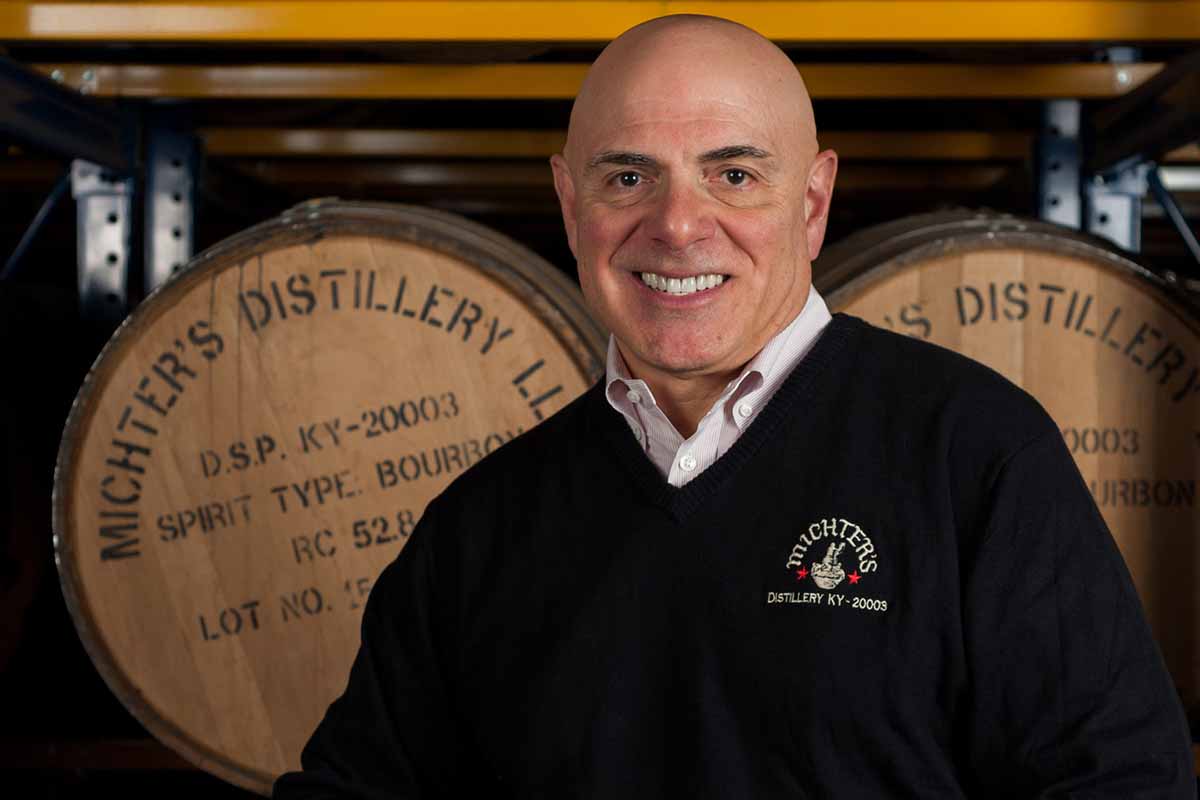
“Allocation was definitely not planned,” he recalls. “We were pretty much trying as hard as we could to sell whatever we could. If we sold 50 three-packs in one month, we threw a party.” Magliocco credits three influences on Michter’s popularity (and scarcity): the general rise in demand for high-quality bourbon, particularly independent labels; the modern collectability of extra-aged (say, 8-years and over) bourbons; and the brand’s first distiller/blender, Willie Pratt, whom Ziegler dubbed “Doctor No” for his propensity to refuse to bottle whiskeys he considered not ready for consumption, even if they’d exceeded the 10-year goal (“He’d say, ‘one more year and it will be perfect,’ says Magliocco). “The goal—whether we achieve it or not—is to try and create the greatest American whiskey. If it’s not up to what we want, we don’t release it.”
Though it might feel like modern marketing hoopla, the concept of bourbon allocation has a long history. “Many people may not realize that Jack Daniel’s Old Time Number 7 was allocated from post-Prohibition into the early 1980s,” says Jack Daniel’s master distiller Chris Fletcher. The hugely popular flagship Tennessee whiskey saw its sales suddenly double between 1954 and 1955 (to about 320,000 cases), according to Nelson Eddy, the brand’s historian. “We tried to maintain our distribution by shipping small amounts everywhere. We ran ads with the headline, ‘We’d rather ask for your patience than your forgiveness.” It wasn’t until the mid-1980s that Jack Daniel’s could catch up and even begin to consider going global or expanding into the wide range of expressions and limited-edition products you can find these days.
That said, there are plenty of instances where a tiny brand brags about its “strict allocation” in the market to hype its whiskey when the reality is more mundane. “One of the major pitfalls is that just because it’s allocated does not mean it will sell well or is in demand,” says Bralow. “Sometimes it is just a limited production product that the distributor has called ‘allocated’ as a marketing tool.”
Will it stay allocated forever?
As the Jack Daniel’s ad suggested, sometimes patience is all that’s needed. Of course, for Jack Daniel’s, that took 50 years. For others, it may take a while.
“I hope we’ll reach the point we can pull more stuff off allocation,” says Michter’s Magliocco. “I just don’t know. We’ve increased production over the years, but we’re still very small compared to a lot of the other great American whiskey companies.” The brand has been distilling 100% of its product at its Shively distillery in Kentucky since 2015 (initially it was contracting with another distillery), and in 2022 expanded to a 24/7 operation. In addition, in the past few years, the company has expanded its fermentation capacity, adding six 18,000-gallon Vendome fermenters, and upgrading bottling equipment. Michter’s also creates special releases at its Fort Nelson distillery and visitor center in Louisville.
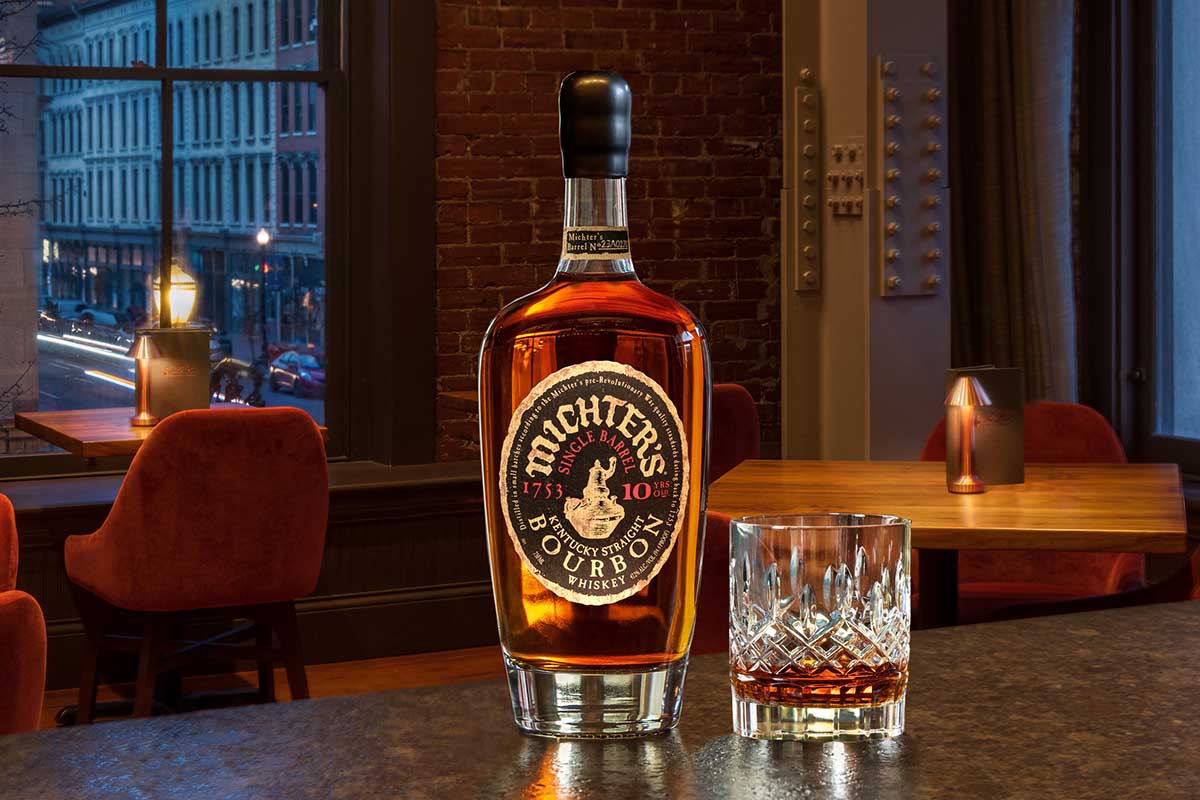
Duncan also notes that ending allocation is a challenge. “One of the big hurdles is the forecasting of demand. If you’re aging bourbon for six or 10 years, it’s really hard to predict that far in advance.”
There are examples of successful de-allocation. Angel’s Envy, a small, craft whiskey originally created by industry veteran Lincoln Henderson, no longer has its core bourbon and rye expressions on allocation (annual limited-edition releases are still allocated). But the reality is, unlike toothpaste or even beer, bourbon is something that requires years or decades to make and age enough to meet fan demand.
“If you see a brand come off allocation, they’ve either flat-out made more, starting years ago, or changed how they make the whiskey,” says Duncan. While Buffalo Trace has expanded production and storage, he says what says they won’t do is compromise production “Of course, we continue to innovate and experiment—we’re always looking at rickhouse locations, barrel stave aging, aging temperatures—but there’s no substitute for aging whiskey the proper length.”
So how do I find allocated whiskey?
- Make friends with your local liquor stores – buy products, ask questions, get them to know you and your interests. Bralow says he keeps an email list of consistent customers he knows also appreciate the good stuff when it’s available
- Learn the allocation schedules. Your odds increase the closer you shop to release dates
- Try before you buy. A shot of Heaven’s Door 10-Year at Washington D.C.’s whiskey mecca Barrel is $20. A bottle? $500
- Attend whiskey festivals, particularly the seminars. Brand ambassadors will often bring a special something for seminar goers
- Visit distilleries/tasting rooms. Often you’ll discover distillery-only expressions, and sometimes hard-to-find bottles (at MSRP)
- Seek out accessible alternatives. Savvy online experts will know a brand or five that uses the same juice (or very similar), not allocated
- It can’t hurt to ask. Your dentist, mechanic, neighbor or Facebook friend (or whiskey writer friend) might be an untapped resource and happy to share a dram or two.
Every Thursday, our resident experts see to it that you’re up to date on the latest from the world of drinks. Trend reports, bottle reviews, cocktail recipes and more. Sign up for THE SPILL now.


